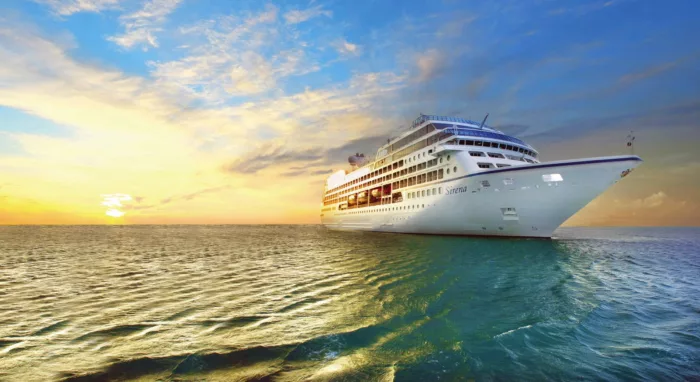
The Miami-based cruise line - a subsidiary of Norwegian Cruise Line Holdings - offers eight small, luxurious ships that carry a maximum of 1,250 guests and feature the finest cuisine at sea and destination-rich itineraries that span the globe.
Expertly curated travel experiences aboard the designer-inspired, small ships call on more than 600 marquee and boutique ports in more than 100 countries on six continents on voyages that range from 7 to more than 200 days.














Marina blends sophistication with a contemporary flair to create a casually elegant ambiance. From the sparkling Lalique Grand Staircase to the stunning Owner's Suites, designer touches are everywhere, highlighting the finest residential design and furnishings. More than anything, Marina personifies the Oceania Cruises experience.














